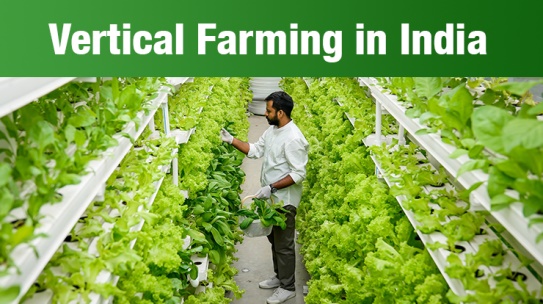why is indoor vertical farming becoming more popular
Vertical farming is a revolutionary concept that has been gaining momentum in recent years. This form of farming involves growing crops in vertically stacked layers, using technology and innovative techniques to create an efficient and sustainable farming environment. The benefits of vertical farming are numerous, including the ability to grow crops in urban areas, reducing transportation costs and emissions, and maximizing crop yields. In this post, we will explore the concept of vertical farming in depth, and examine why it is becoming increasingly important in today’s world.
The Benefits of Vertical Farming
One of the main benefits of vertical farming is that it allows farmers to grow crops in urban areas where space is limited. This is particularly important in densely populated cities where there is a high demand for fresh produce but limited land available for traditional farming methods. By utilizing vertical space, farmers can produce more crops while using less land.
Another advantage of vertical farming is that it reduces transportation costs and emissions. Since vertical farms are typically located in urban areas, produce doesn’t need to be transported as far to reach consumers. This can help to reduce carbon emissions and preserve natural resources.
In addition to these environmental benefits, vertical farming also allows farmers to maximize crop yields by controlling every aspect of the growing process. This means that crops can be grown year-round, regardless of weather conditions, and can be optimized for factors such as light, temperature, and humidity. Plants can also be grown closer together, which can further increase yields and reduce the amount of water and fertilizer needed.
How Vertical Farming Works
Vertical farming involves growing crops in stacked layers, either indoors or outdoors. These layers can be stacked up to 30 tiers high, depending on the crop being grown and the size of the environment.
The growing environment is carefully controlled using technology such as LED lights, temperature sensors, and automated watering systems. This allows farmers to optimize growing conditions for each individual crop, resulting in higher yields and better quality produce.
Vertical farms can be operated using hydroponics or aeroponics systems. Hydroponics involves growing plants in nutrient-rich water, while aeroponics involves growing plants in air with a nutrient mist. Both methods use less water and fertilizer compared to traditional farming methods, making them more sustainable and environmentally friendly.
Indoor Farming
Indoor farming is a type of vertical farming that involves growing crops in a controlled indoor environment. This can include warehouses, shipping containers, and other enclosed spaces.
Indoor farming offers many of the same benefits as vertical farming, including the ability to grow crops in urban areas and the ability to control growing conditions. However, indoor farming offers some unique advantages as well. For example, indoor farming can be done year-round, regardless of weather conditions, and can be optimized for maximum crop yields.
One of the keys to successful indoor farming is providing the right type of lighting. LED grow lights, which emit specific wavelengths of light that plants need for photosynthesis, are commonly used in indoor farming environments. These lights can be programmed to provide different levels and colors of light depending on the stage of growth and the specific crop being grown.
The Future of Farming
Vertical farming and indoor farming are still relatively new concepts, but they are already changing the way we think about agriculture. As the world becomes more urbanized and population growth continues, traditional farming methods may no longer be able to keep up with demand for fresh produce.
Vertical farming and indoor farming offer a sustainable and efficient solution to this problem, allowing farmers to grow crops in a controlled environment that is optimized for maximum yields. These methods also reduce the need for transportation and preserve natural resources, making them more environmentally friendly than traditional farming methods.
In the future, we can expect to see more and more vertical farms and indoor farms popping up in urban areas around the world. As the technology and techniques behind these methods continue to evolve, we may also see new crops being grown that were previously difficult or impossible to grow in traditional farming environments.
Conclusion
Vertical farming and indoor farming are two exciting and innovative concepts that are changing the way we think about agriculture. By leveraging technology and innovative techniques, farmers can now grow crops in urban areas using less land, water, and fertilizer. These methods offer numerous benefits, including increased yields, reduced transportation costs and emissions, and a more sustainable and environmentally friendly approach to farming. In the coming years, we can expect to see more and more vertical farms and indoor farms popping up in cities around the world, leading the way to a more sustainable and efficient future.

Source image : www.pinterest.com

Source image : www.tractorjunction.com
/__opt__aboutcom__coeus__resources__content_migration__mnn__images__2020__05__indoor-farming-operation-ef5b0c9577e44e4781a68ef75042fcb5.jpg)
Source image : www.treehugger.com







